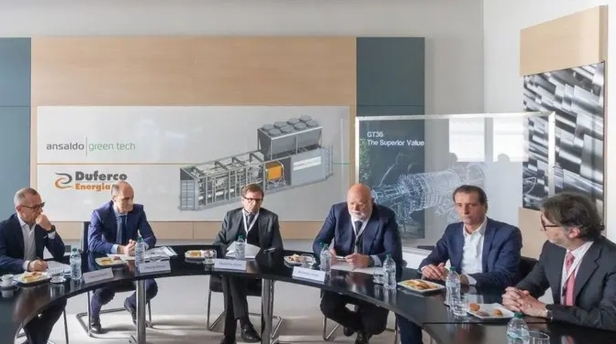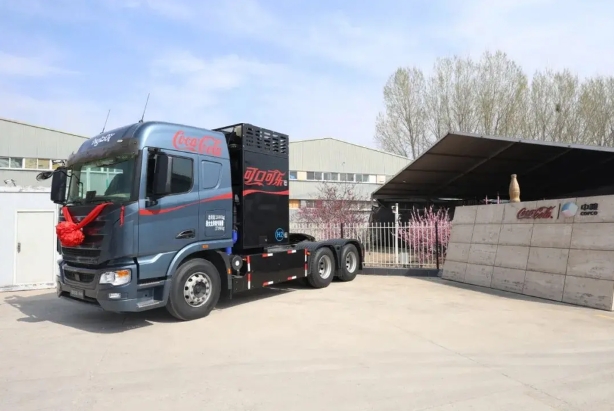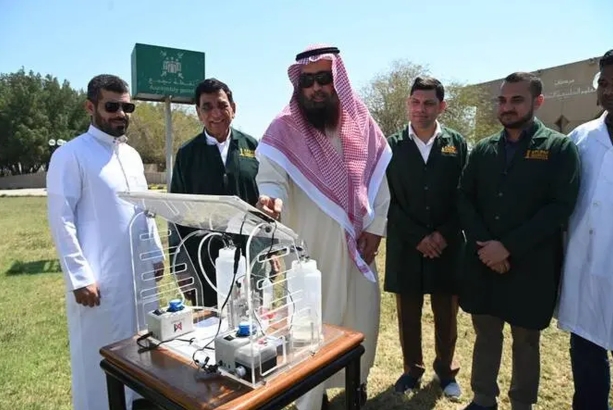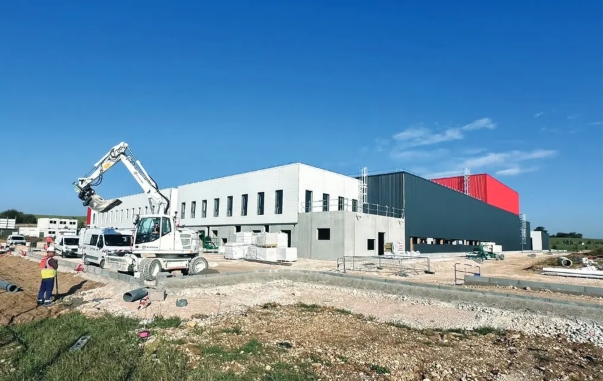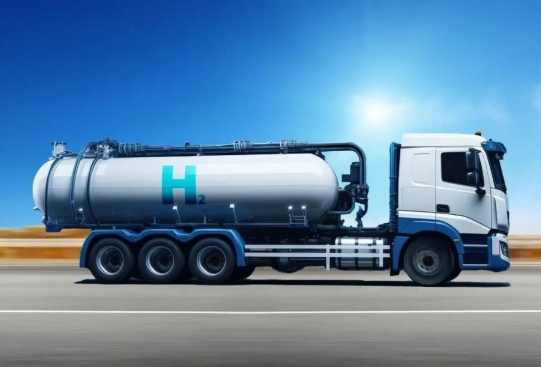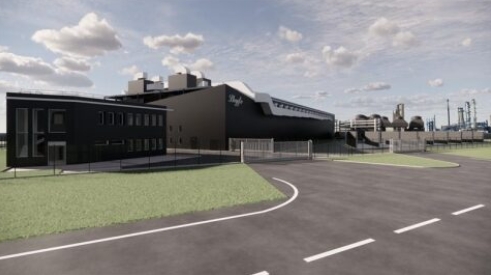Three companies are coming together in Belgium to develop green hydrogen production and deployment in the country, with plans for a first fully operational plant by 2025.
DEME Concessions, a pioneer in the development of offshore energy projects, announced this week that it was partnering with the Port of Oostende and PMV in the exclusive HYPORT® Oostende collaboration.
The trio’s goal is to have a plant operational in the port area of Ostend by 2025 that produces green hydrogen, an end product that will serve as both an energy source for electricity, transport, heat and fuel purposes and as a raw material for industrial purposes too.
The partnership is regarded as a sign of the three organisations’ belief in hydrogen and its potential to unlock or enable the clean energies transition.
For DEME, the combination of renewable energy with green hydrogen is fully consistent with its innovation vision, the company said, which is why it plans to invest in the development and large-scale production, storage and delivery of green hydrogen.
Meanwhile, PMV has experience in financing the development, construction and operation of the infrastructure necessary for energy projects and sees great potential for hydrogen in the long-term, with a desire to stimulate and support entrepreneurial projects involving hydrogen.
Unlocking renewable energy’s potential
By the end of 2020, 399 wind turbines will be operating off the Belgian coast with a combined installed capacity of 2.26 GW.
The new marine spatial plan leaves space for several hundred more wind turbines, which will generate around an extra 1.75 GW. This makes a total green energy generating capacity of around 4 GW, supplying half of Belgian households with electricity. However, the wind turbines’ production peaks rarely coincide with consumer demand peaks, meaning that there is an opportunity to compensate for the discontinuity between production and consumption.
This is where hydrogen is key, capable of acting as an energy carrier to temporarily store any green energy surplus, but also able to be utilised itself as an alternative raw material for converting the industry away from fossil fuels.
The proposed green hydrogen plant in Ostend will ultimately deliver a carbon dioxide (CO2) reduction of around 500,000 to 1,000,000 tons per year. As a result, HYPORT® Oostende will make a significant contribution to the achievement of Belgian and European climate objectives.
In the first phase of the process, the general feasibility will be further investigated and a development plan will be worked out. An innovative demonstration project with mobile shore-based power will then be started. A demonstration project with an innovative electrolyser of around 50 MW is also scheduled, DEME explained.
By 2022, the roll-out of a large-scale shore-based power project, running on green hydrogen, will start, and ‘the finish line will be crossed’ in 2025 with the completion of a commercial green hydrogen plant in the context of the planned new offshore wind concessions.
